Remembering Porsche’s first model, the 356
Seventy-five years ago, on June 8, 1948, the 356 No. 1 Roadster became the first automobile bearing the name Porsche to receive its general operating permit – the birth of the sports car brand. Porsche is now embarking on its anniversary year with the Porsche Vision 357 and a reference to the Porsche 356 – Ferry Porsche’s dream of a sports car. As an homage to this, the concept car brings the monolithic form into the present day. Liberated from the regulations that apply for implementation as a series model, the Style Porsche Team manifests potential expressions of the future design philosophy: one example is the consistent enhancement of the light signature, which is both progressive and visionary in the way it points towards the future. The fundamental concept reflects the interplay between tradition and innovation: what would the dream of a sports car of Ferry Porsche might look like today?
356 Design Basis
“We created a very special birthday present in the form of the Porsche Vision 357, one which uses the 356 as a basis to underscore the significance of our design DNA,” said Michael Mauer, Vice President Style Porsche. “The concept car is an attempt to combine the past, present and future with coherency, featuring proportions that are reminiscent of its historical archetype and details that visualize the outlook for the future.”
Built on the technology platform of the 368 kW (493 hp) 718 Cayman GT4 RS, the Porsche Vision 357 represents outstanding sports car performance. The exterior concept study is the highlight of the special exhibition “75 Years of Porsche sports cars” at the Volkswagen Group’s “DRIVE” Forum in Berlin, which opened with an exclusive evening event on January 25, 2023. The exhibition will be open to the public from January 27, 2023, and the Porsche Vision 357 will be on exhibit until mid-February. The design study will be presented at the South by Southwest in Austin from March 10, 2023 and at further international events over the course of the year.
Modern interpretation of the Porsche 356
With its monolithic form, the narrow passenger cell with an abruptly sloping flyline and broad shoulders, the proportions of the Porsche Vision 357 evoke the lines of the 356. The windscreen sharply wraps around the A-pillars. As in its historic forebear, Porsche is pushing the boundaries of glass production: early 356 sports cars had a split windscreen with a bar down the middle. The split design was replaced in the model year 1952 by a one-piece windscreen with a bend down the center. The A-pillars of the Porsche Vision 357 are black and visually unite the side window surfaces into a single unit. This DLO (daylight opening) graphic resembles the visor of a helmet.
The functional details are integrated and underpin the sculptural character of the vehicle. This includes the concealed door openers by the side windows and the taillights, which sit behind a patterned array of points in the body itself. Another nod to the original is the grille pattern in the rear, in which the third brake light is integrated. Like all current Porsche models, the Vision 357 features a four-point light signet in front. The round design of the headlights is also a throwback to the characteristic lights of the 356. There are also parallels in the paintwork: the two-tone concept with Ice Grey Metallic and Grivola Grey Metallic in the nether regions of the front end hearkens back to the grey tones that were already popular in the 1950s.
Sporty details from the 718 Cayman GT4 RS
Like the 718 Cayman GT4 RS, the Porsche Vision 357 has process air intakes positioned high behind the driver- and passenger-side windows, which designers adorned with comic-style “Air” decals. Like the “eFuel” logo on the tank cap on the right wing, the decals are reminiscent of motorsport decals. The naturally aspirated six-cylinder boxer engine theoretically draws 368 kW (493 hp) from four liters of displacement. The high-speed mid-engine would be designed for operation with e-fuels.
About the Porsche 356
The 356 No. 1 Roadster was the very first car built by the Porsche brand. With the two-seater with a multi-tubular frame and mid-engine, Ferry Porsche and his team fulfilled his dream of building his own sports car. The Porsche 356 went into series production as a coupé with a different frame and a 40-PS (39-hp) rear engine instead of the original mid-engine concept. This type formed the foundation for the success of the Porsche brand. After the first largely manually built cars (coupé and convertible) 356/2 with an aluminum bodyshell, Porsche moved from Gmünd back to Stuttgart at the end of 1949. This is where series production of the Porsche 356 sports car began. The sheet-steel bodies were manufactured Reutter body-works in Stuttgart. Engine production began in Zuffenhausen in space rented from Reutter as Porsche Werk 1 was still occupied by the Allies.
Gallery
Porsche 718 Cayman GT4 RS:


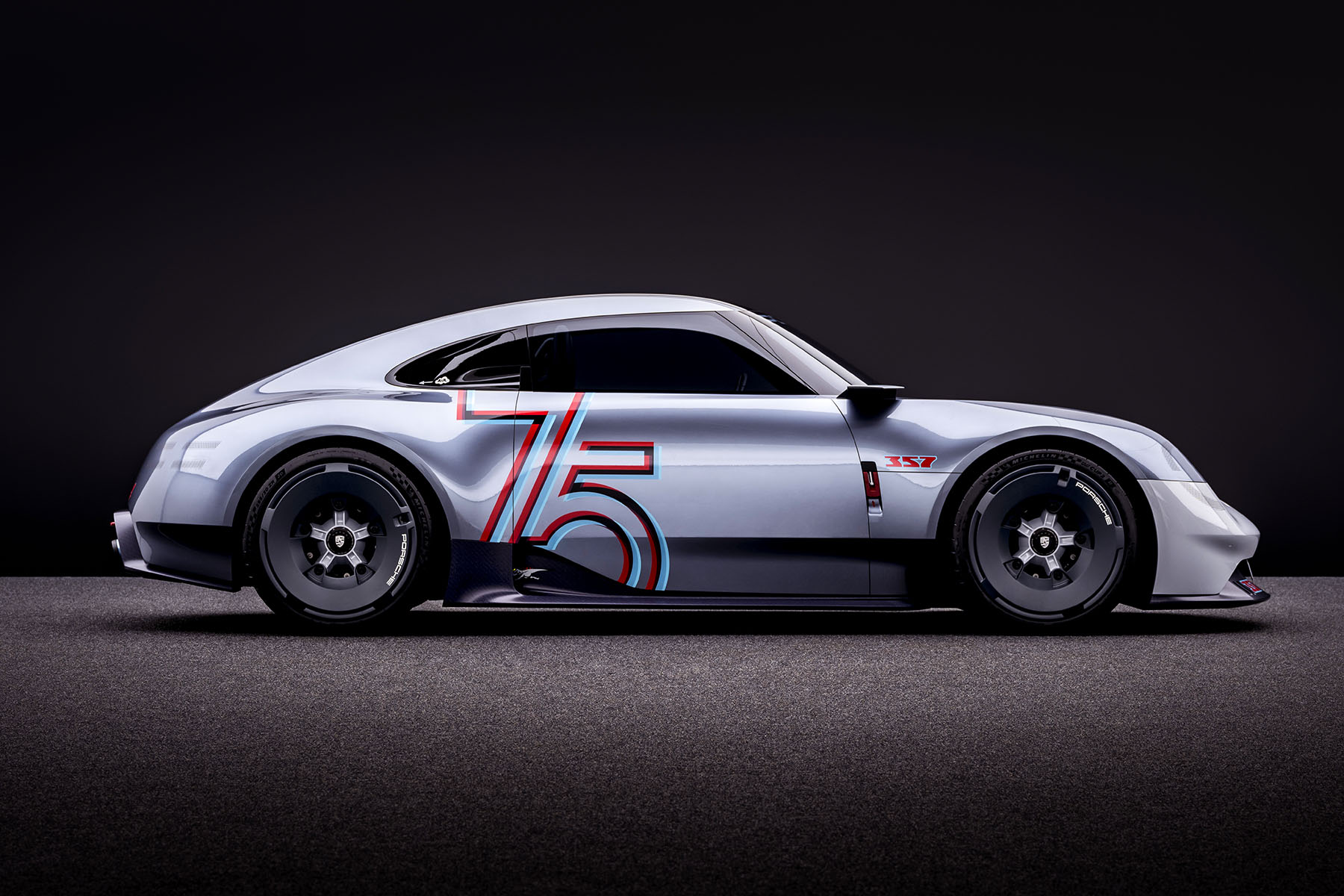
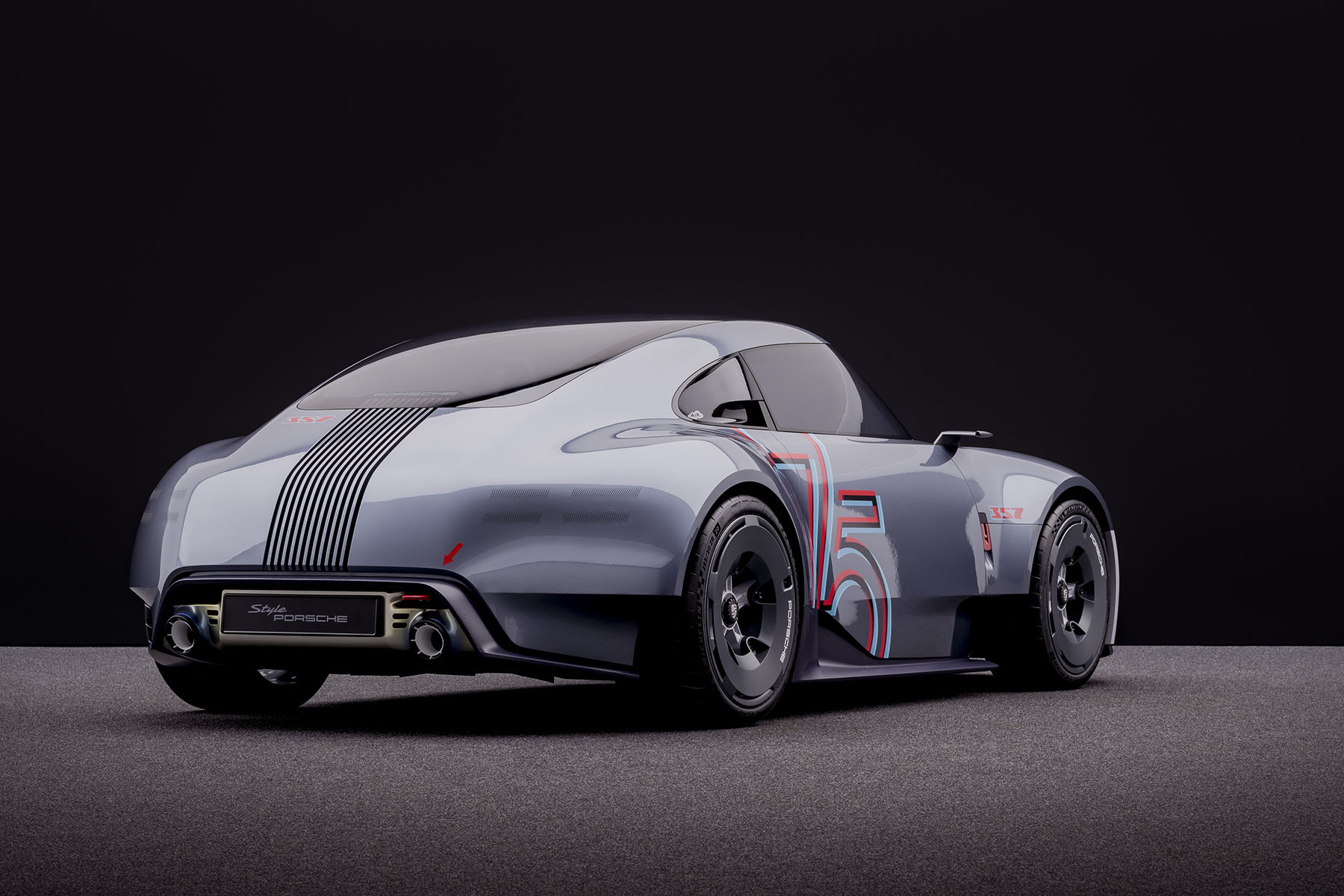
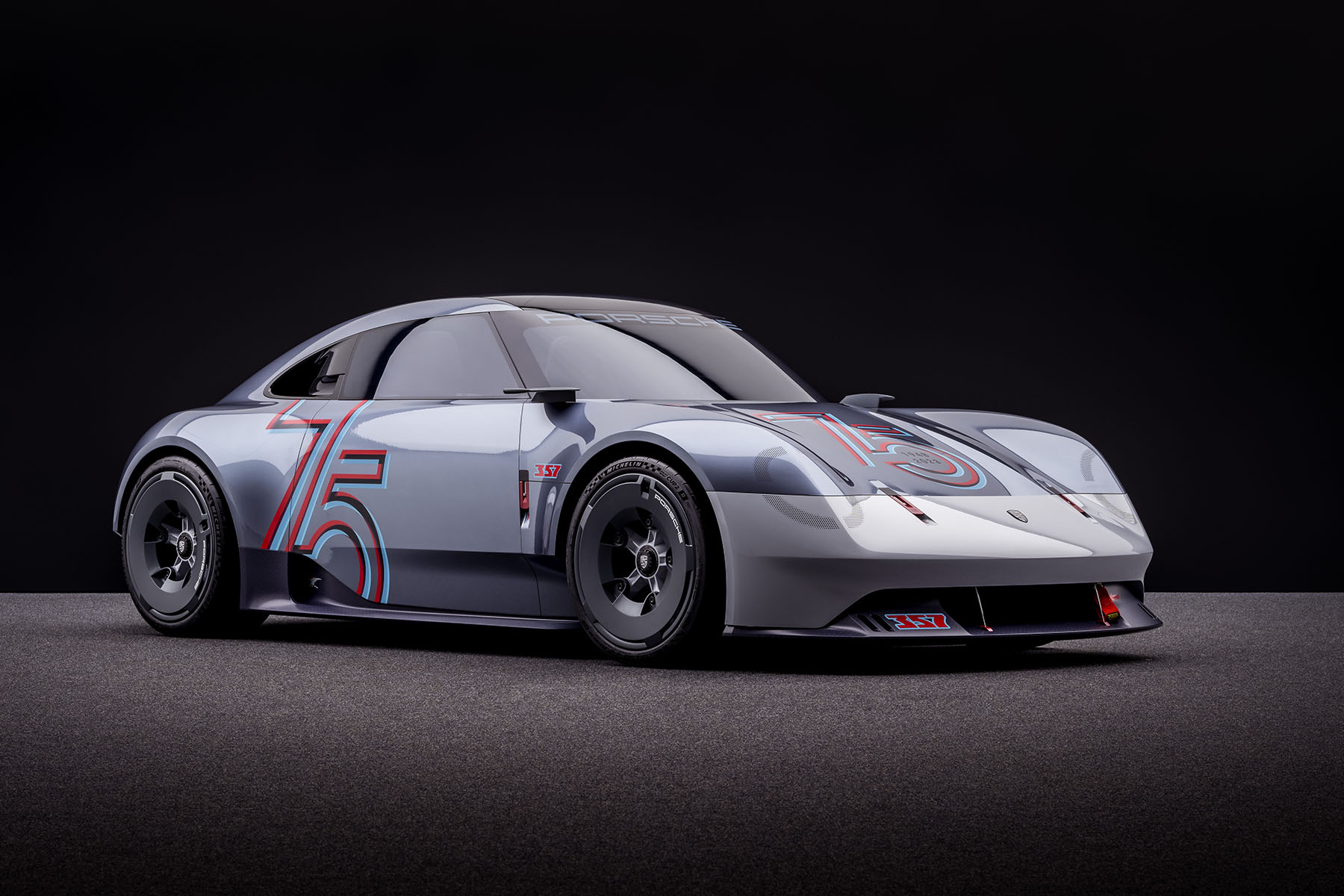

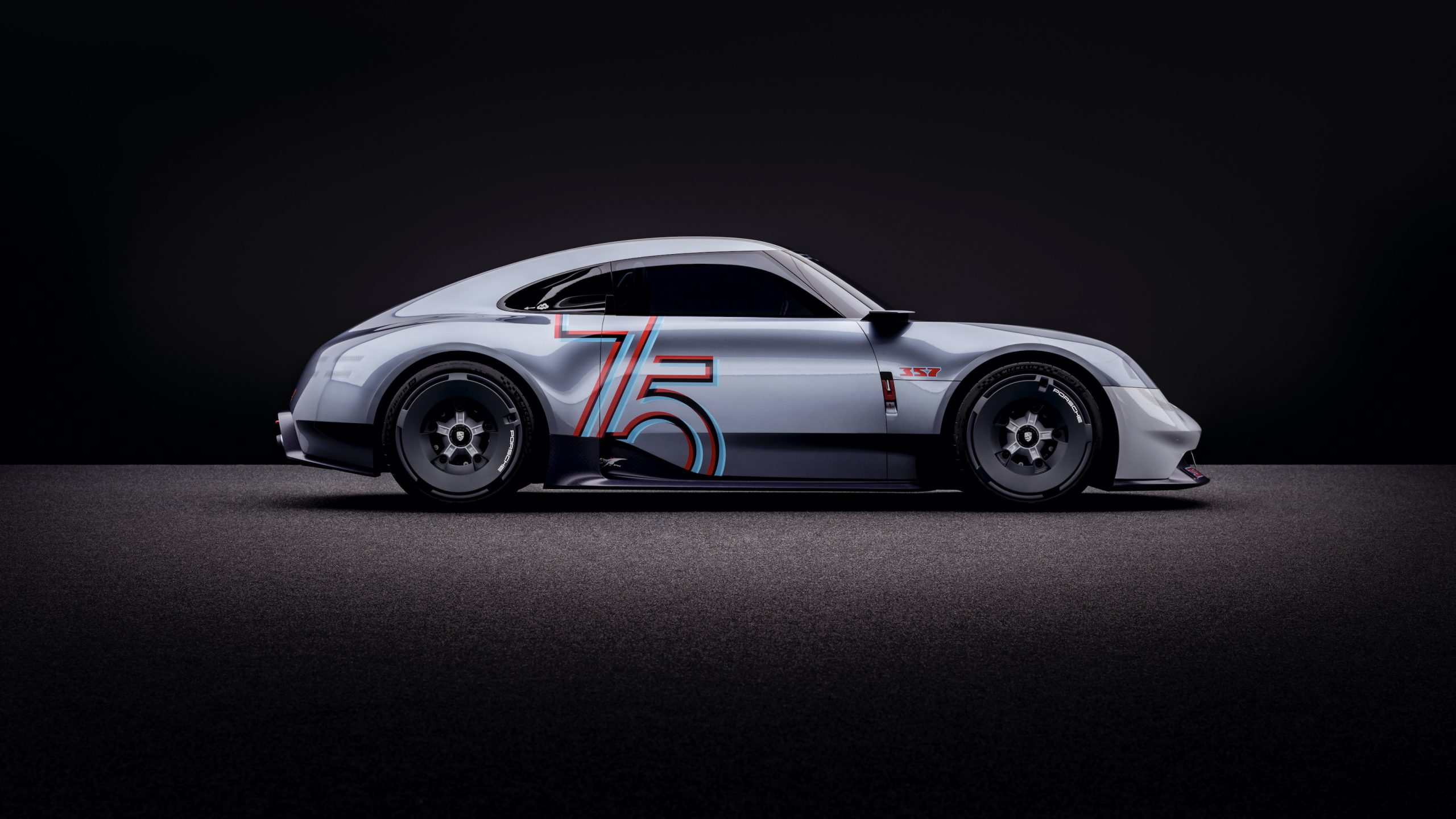
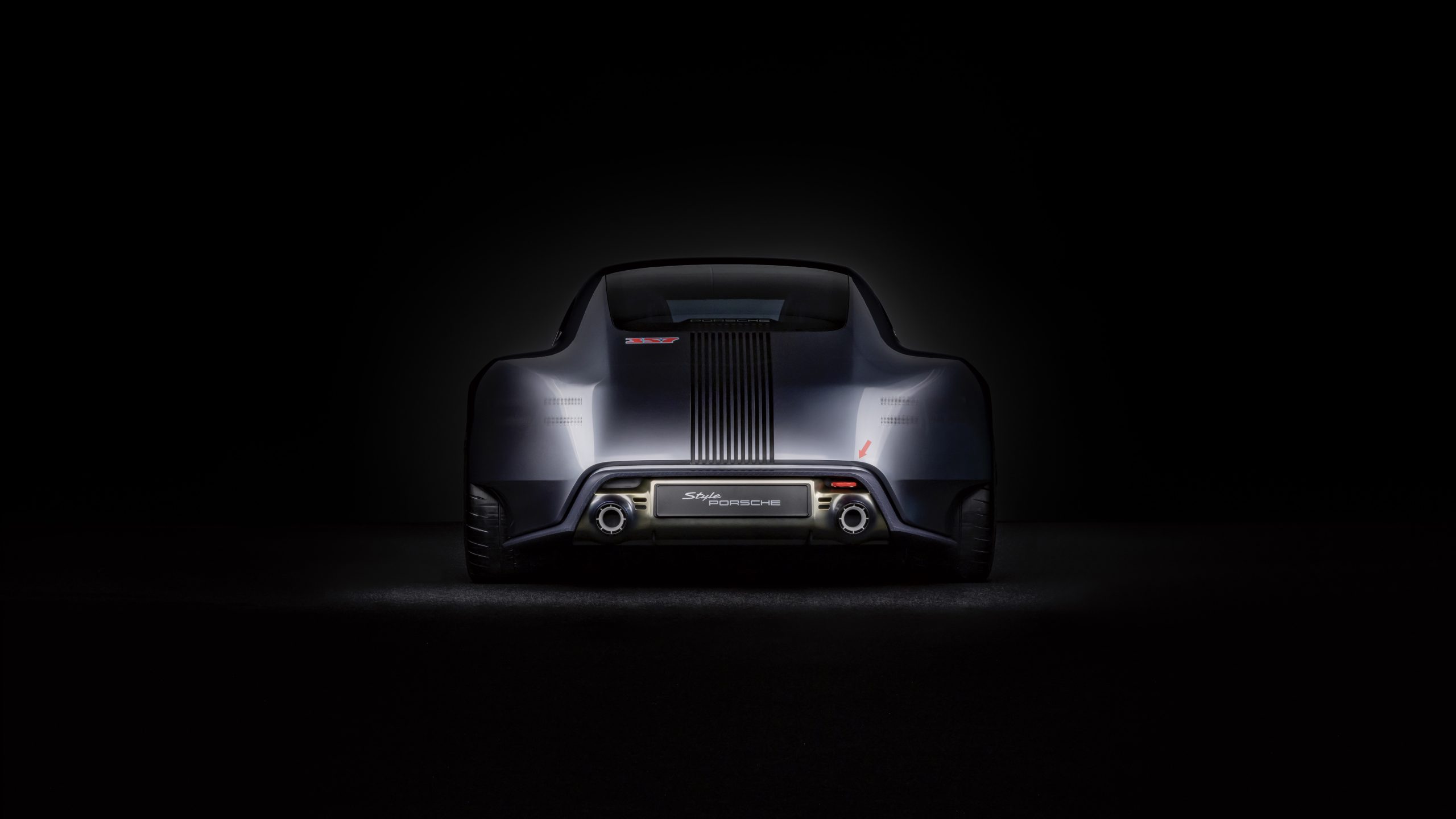
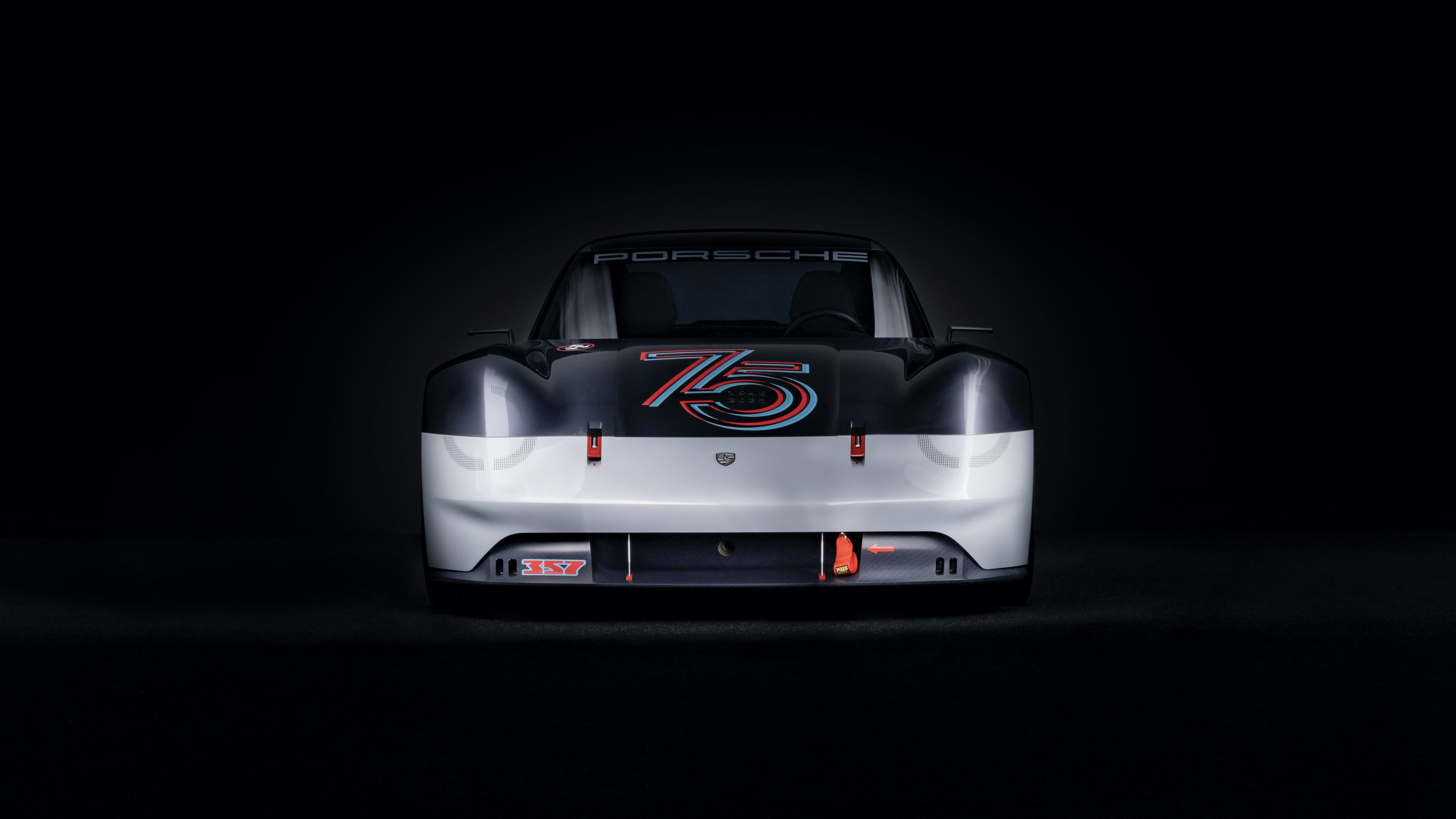
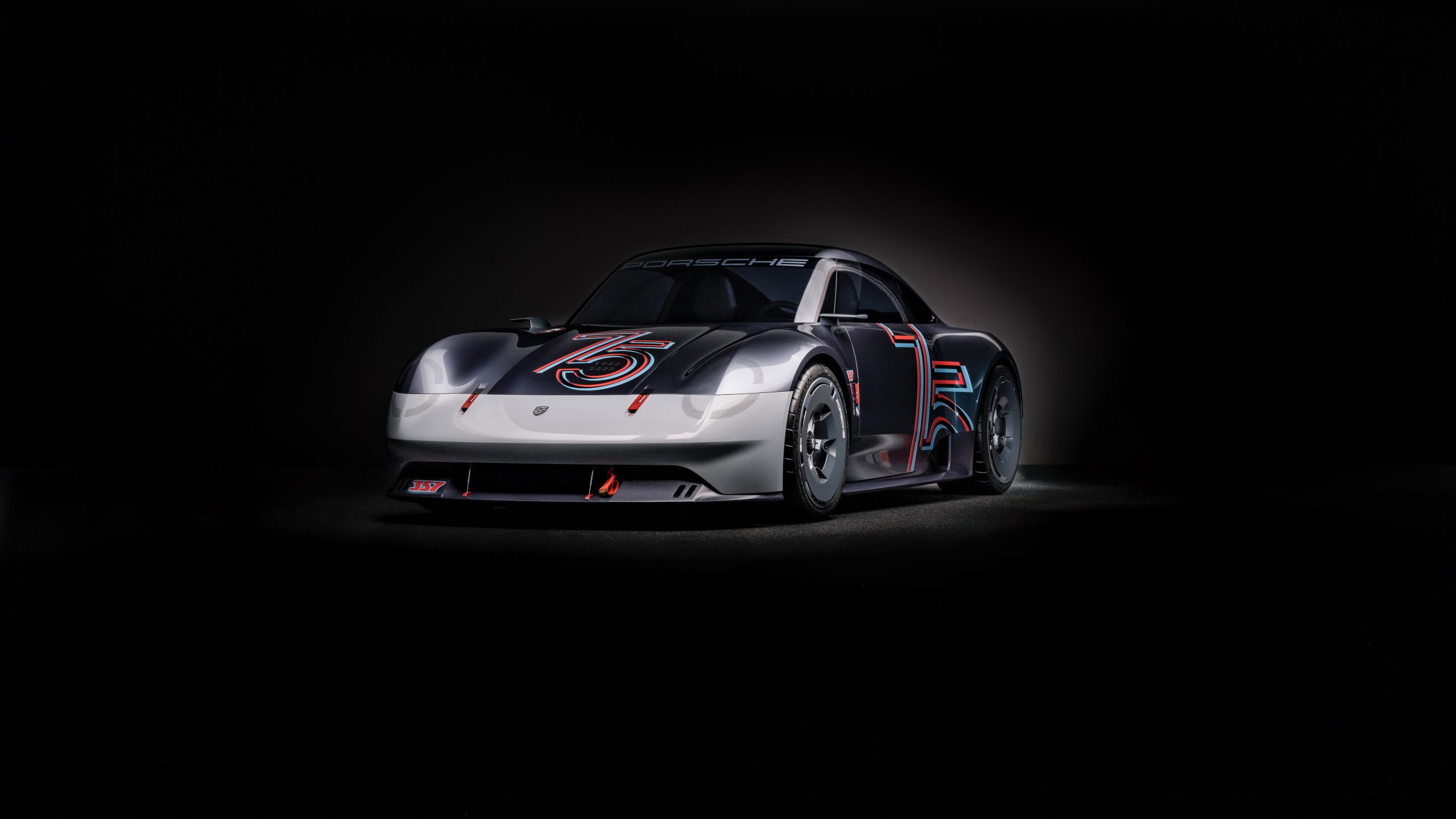
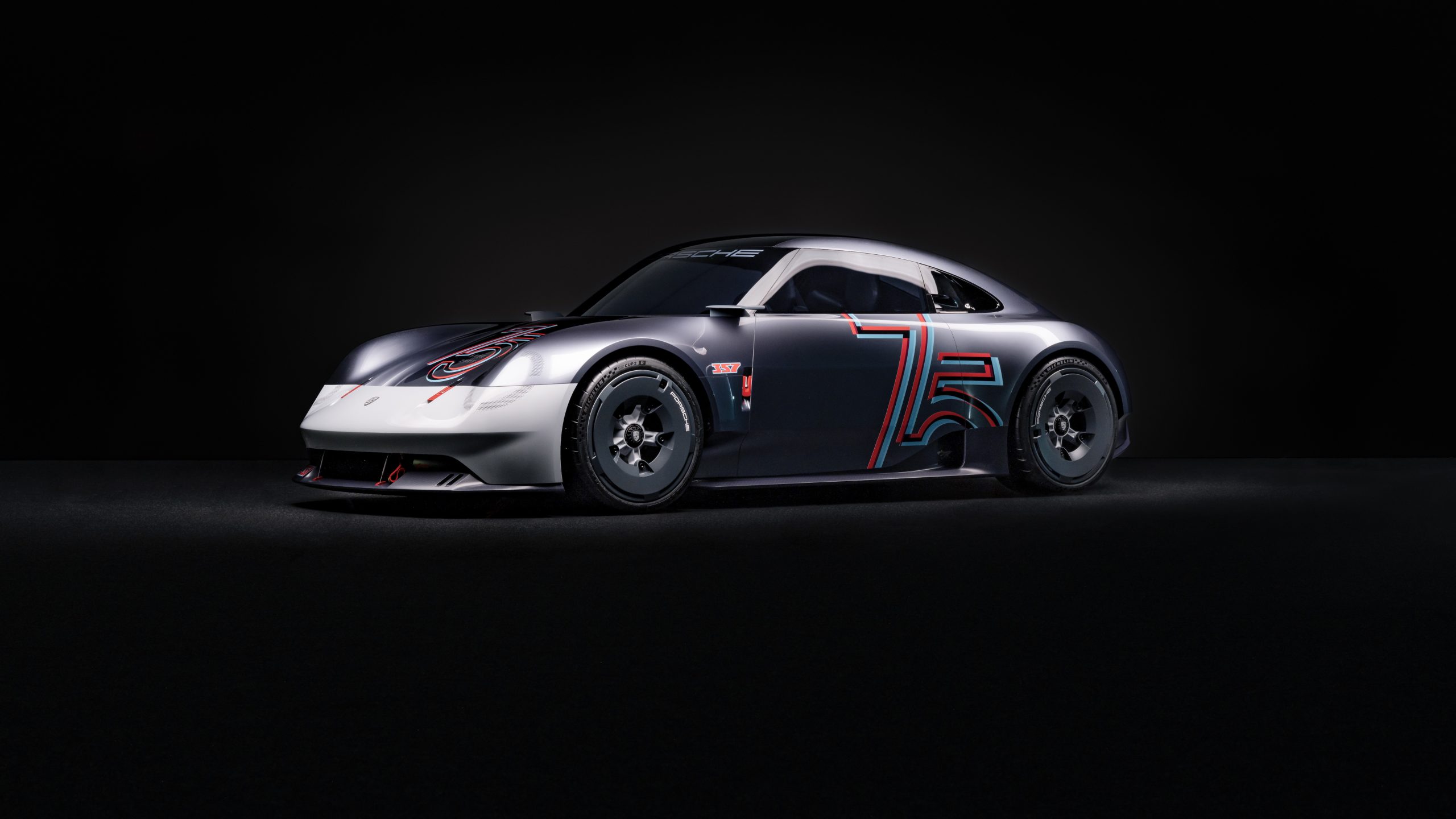
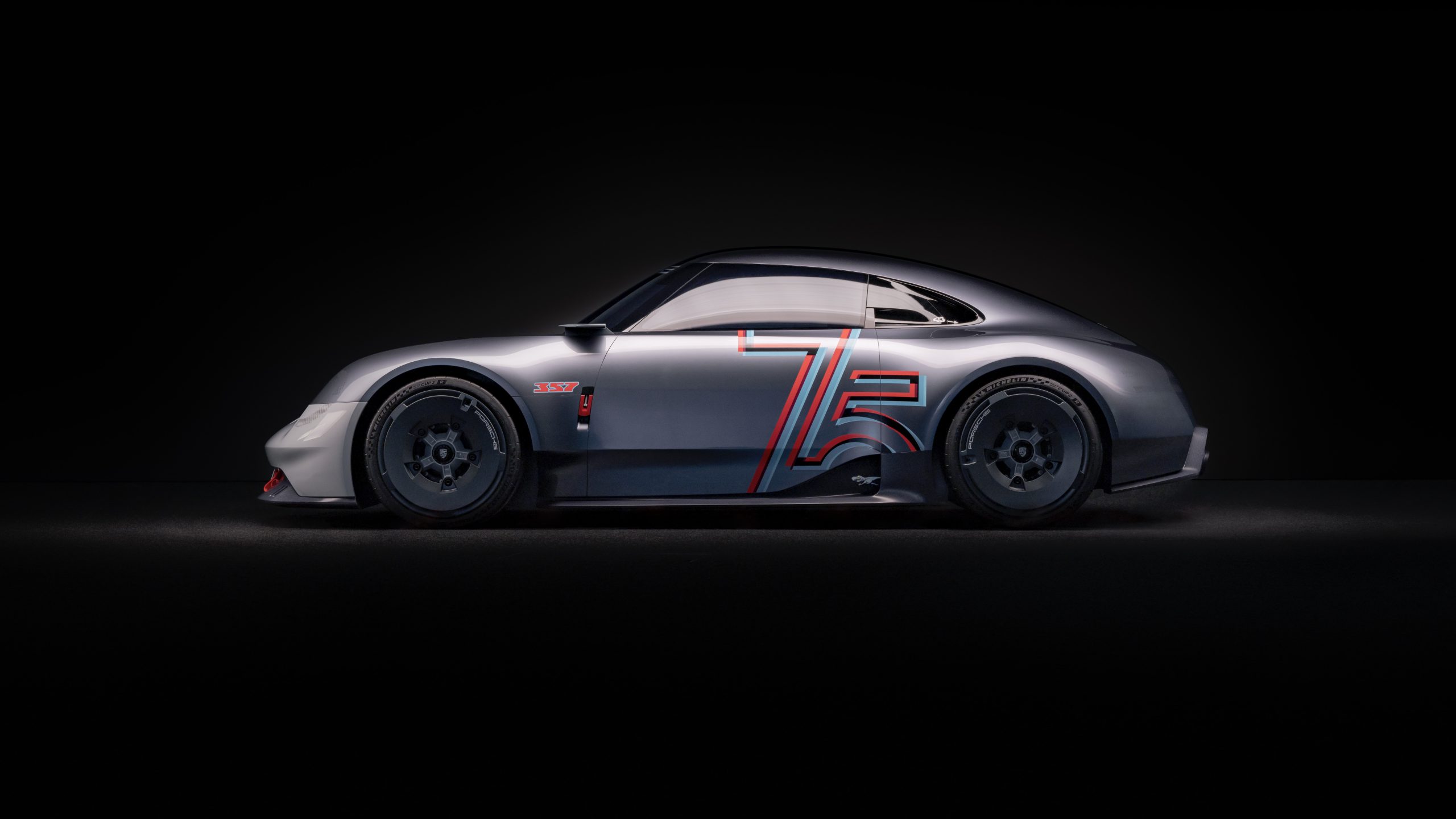
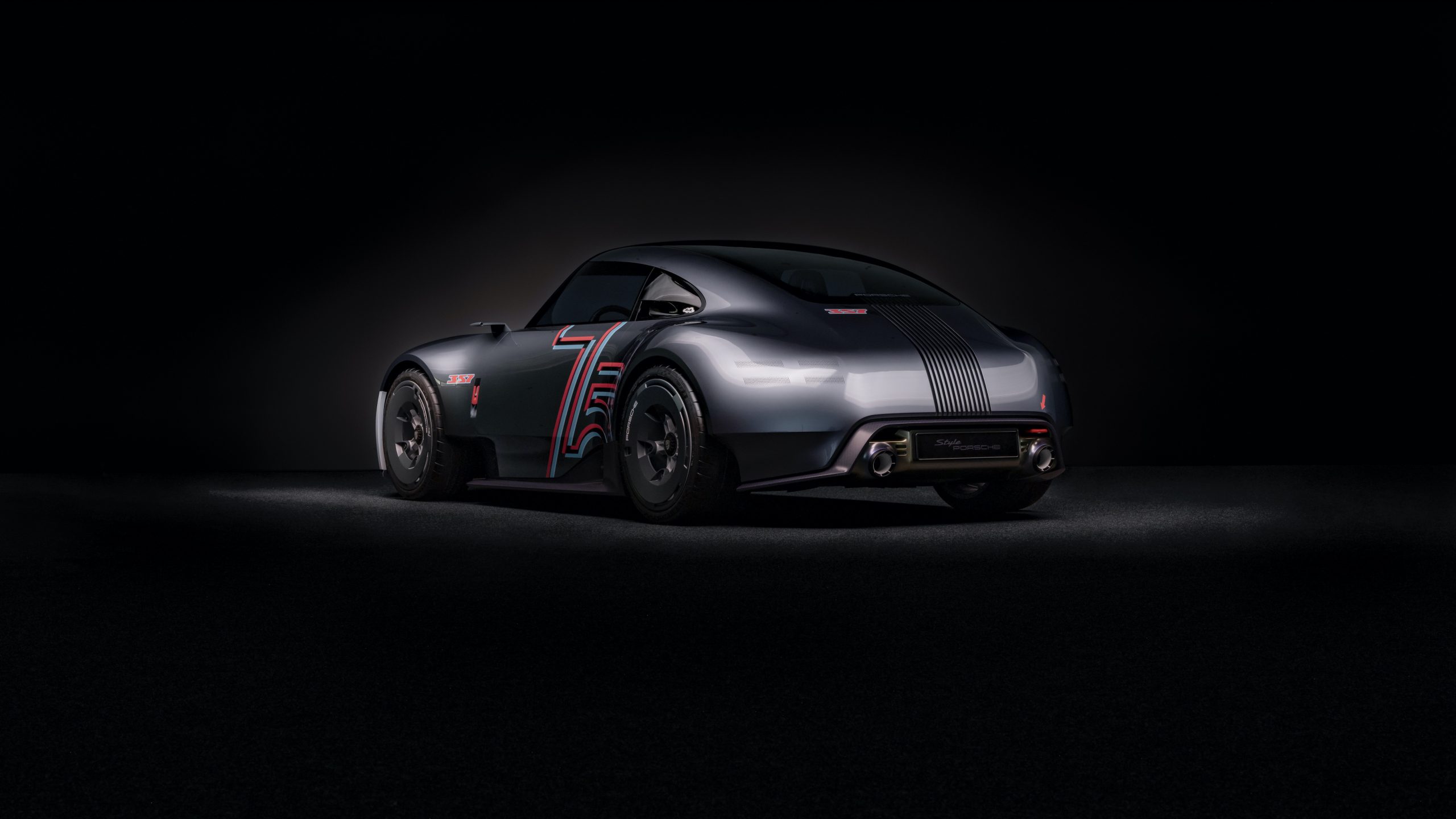
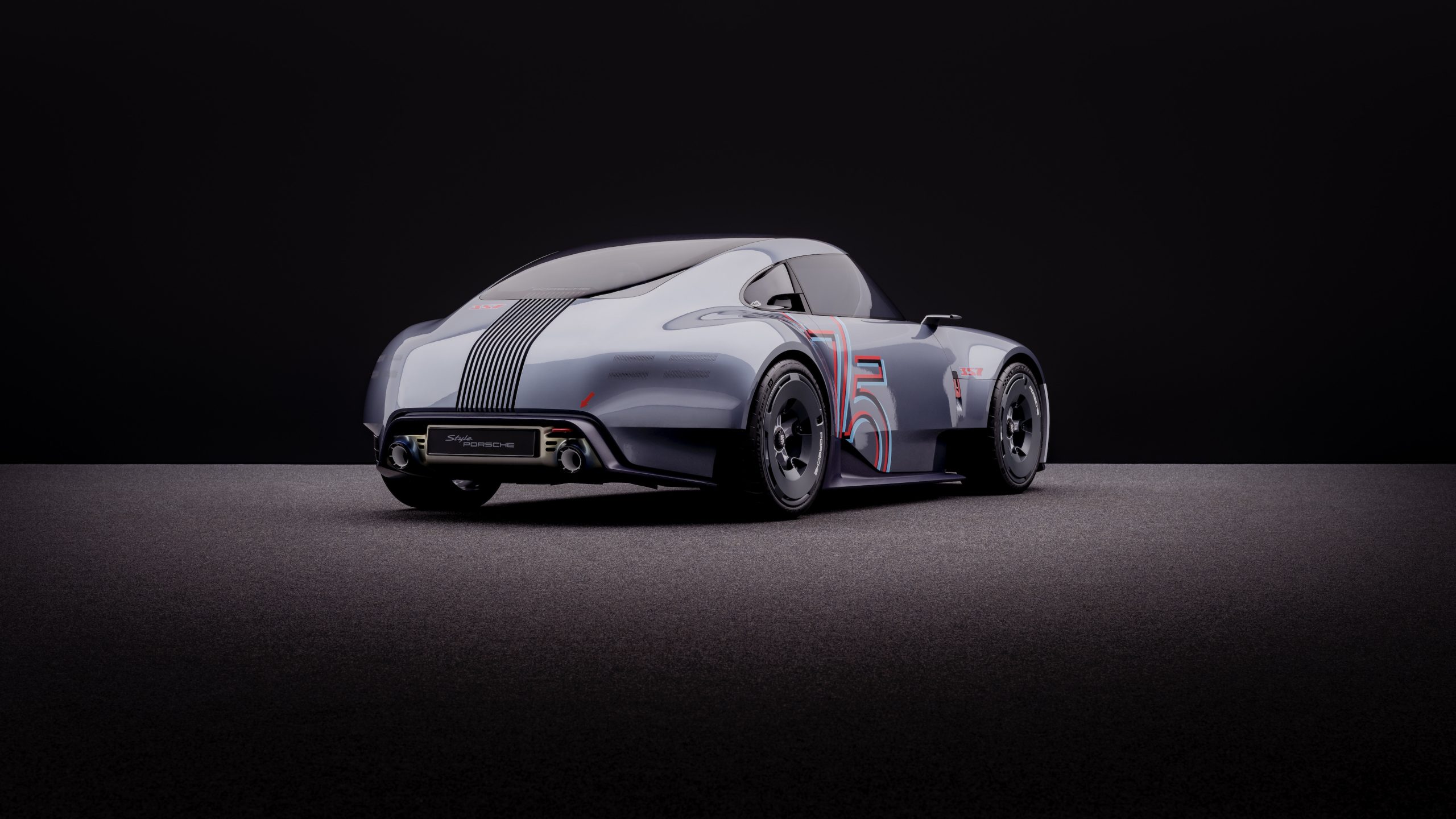
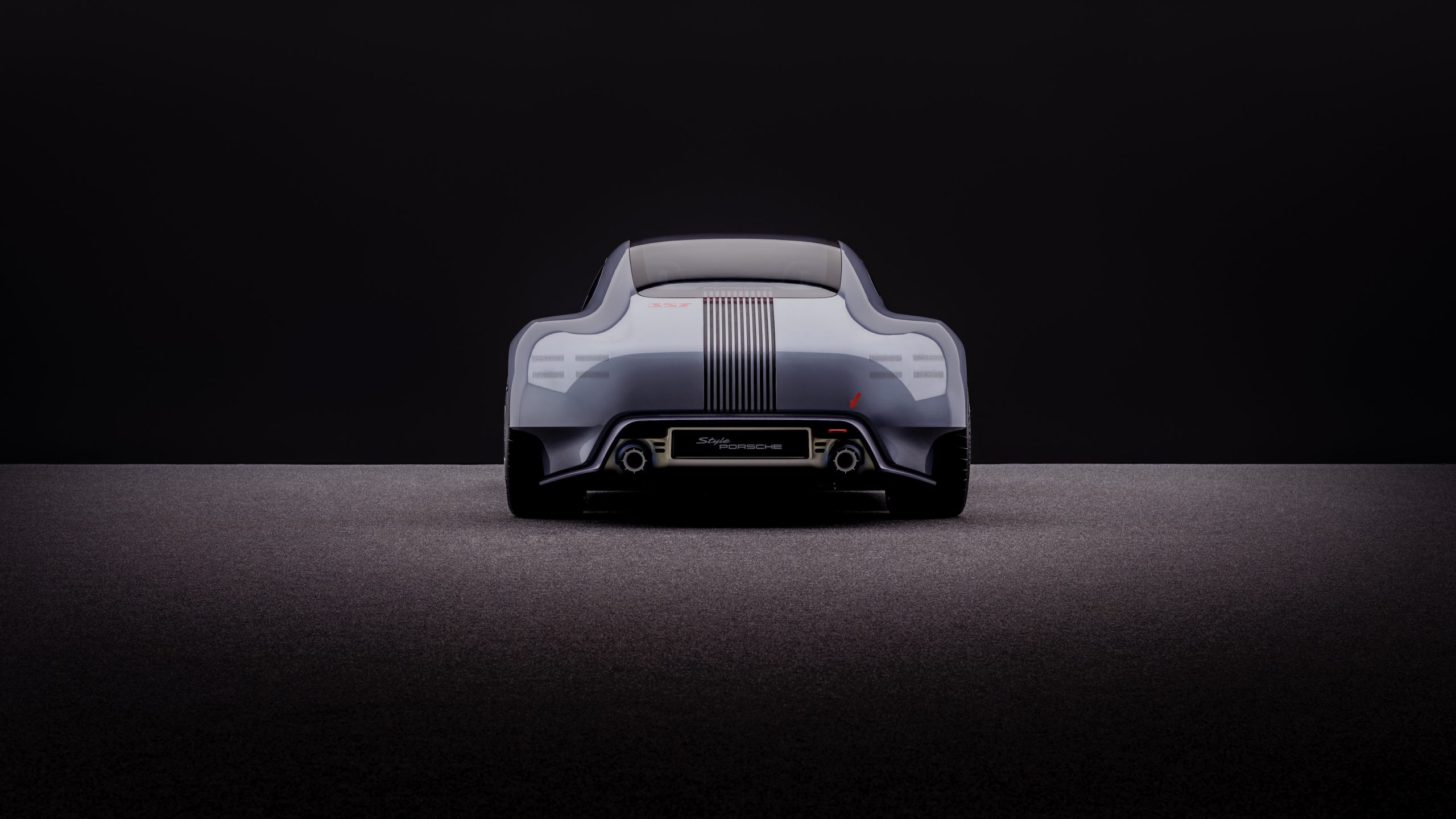
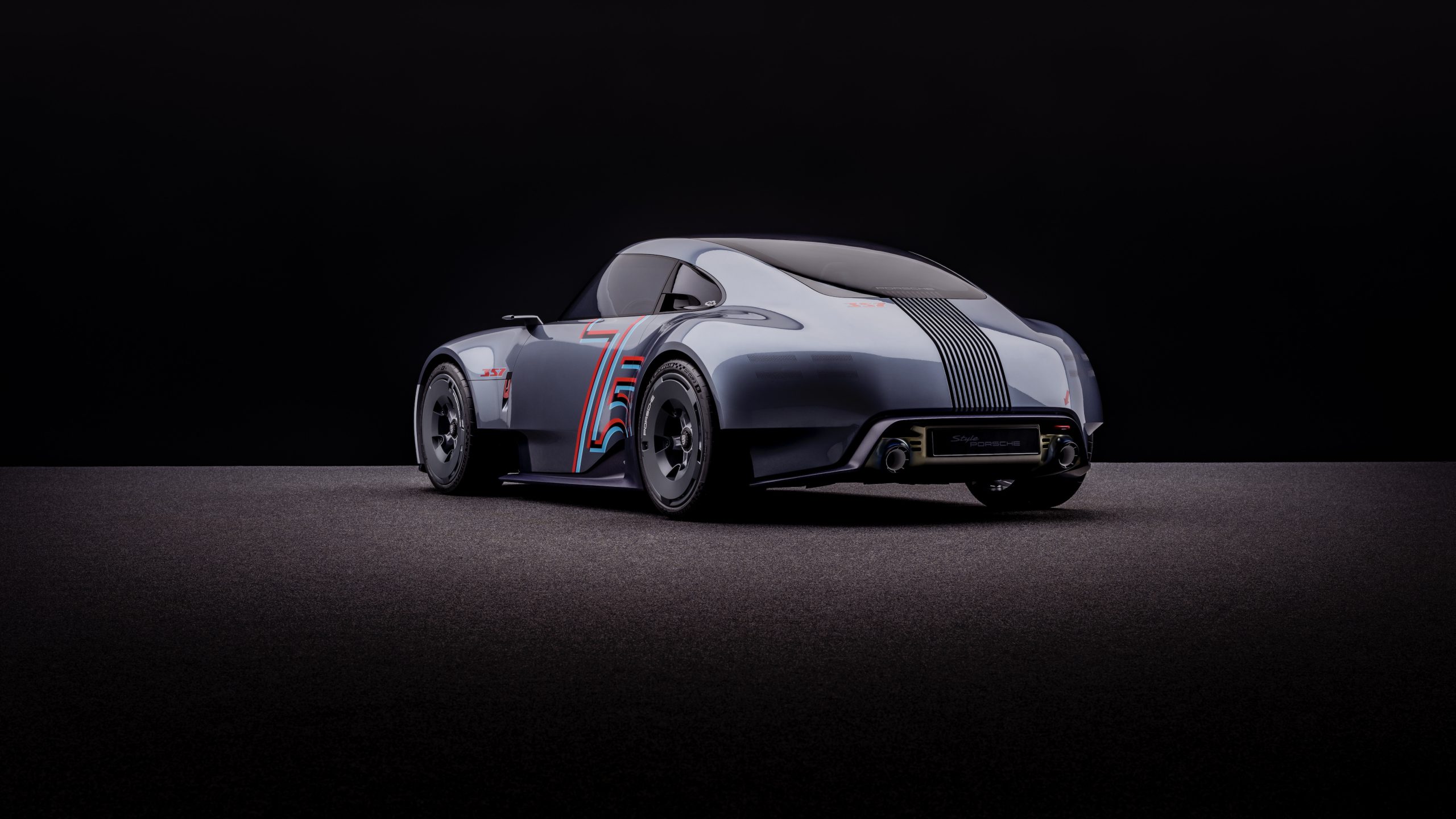
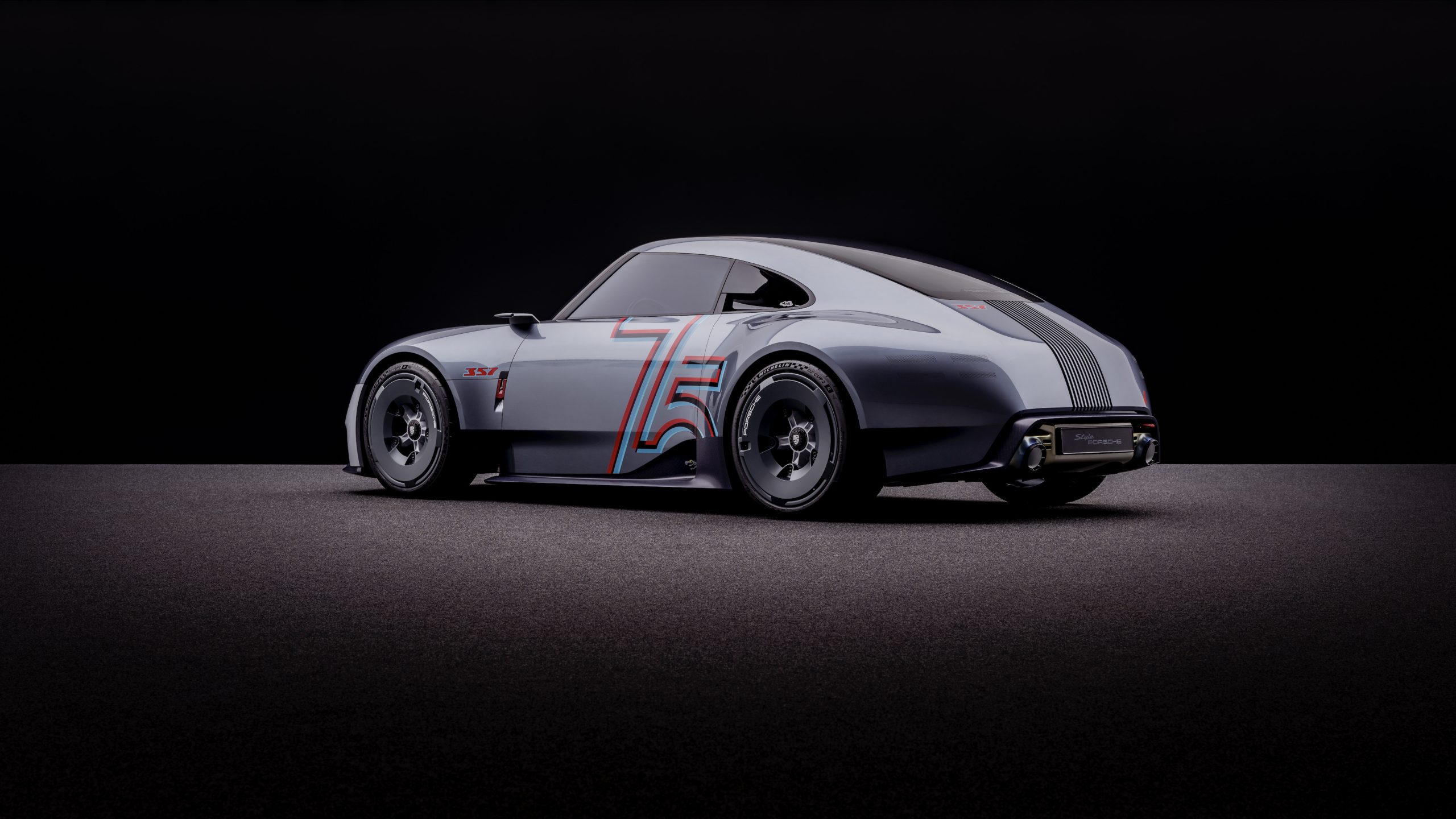
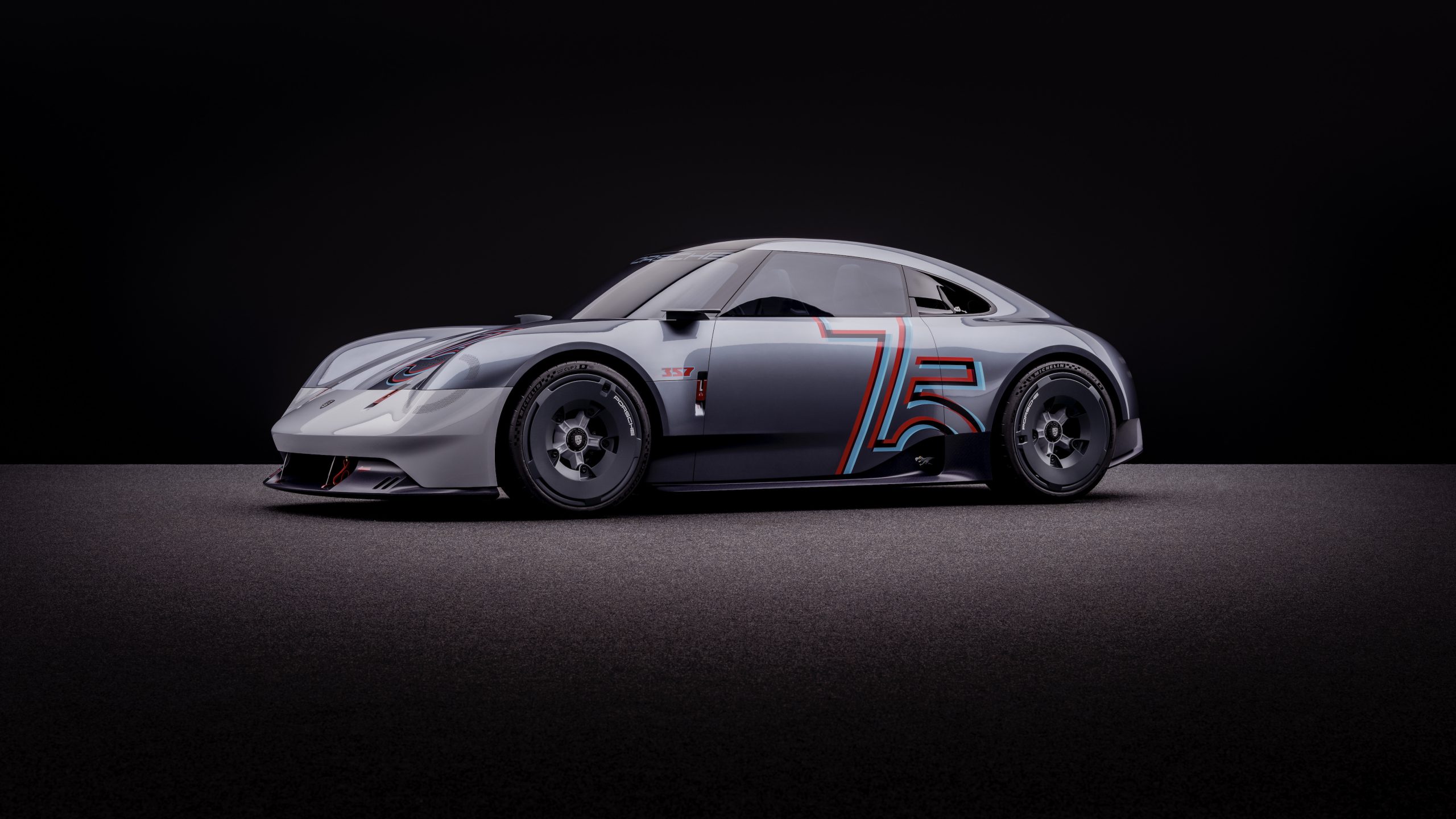
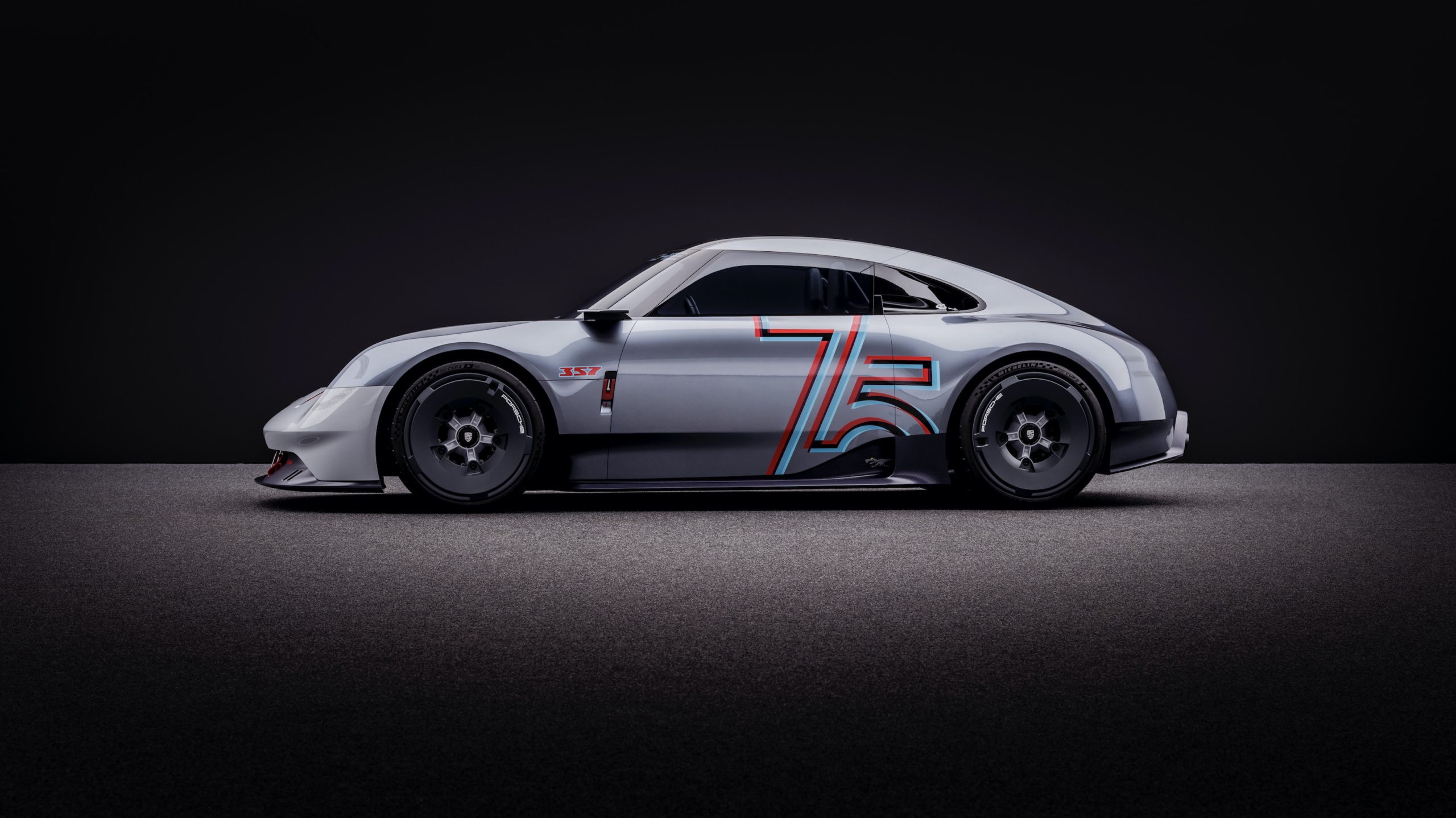
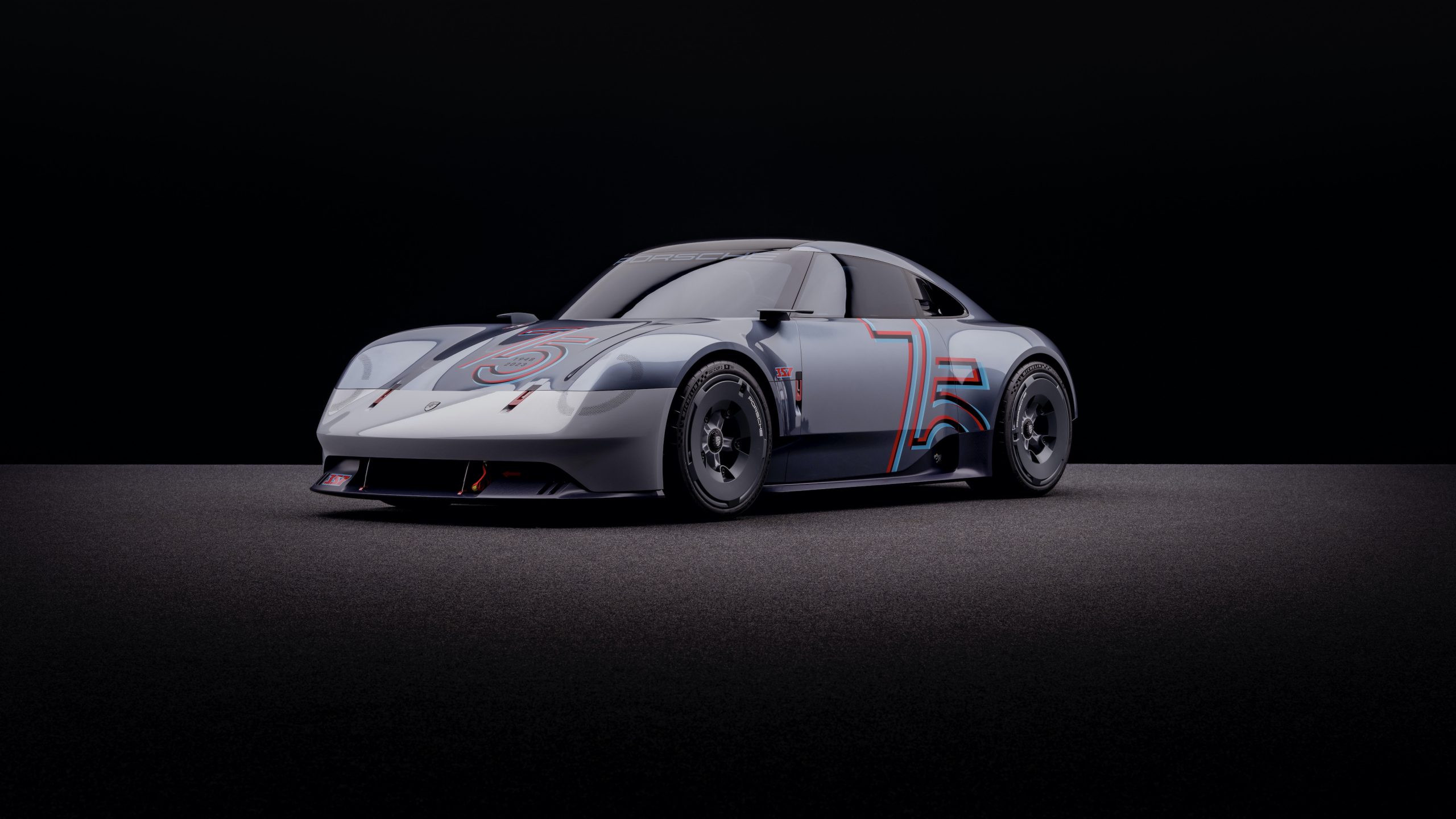
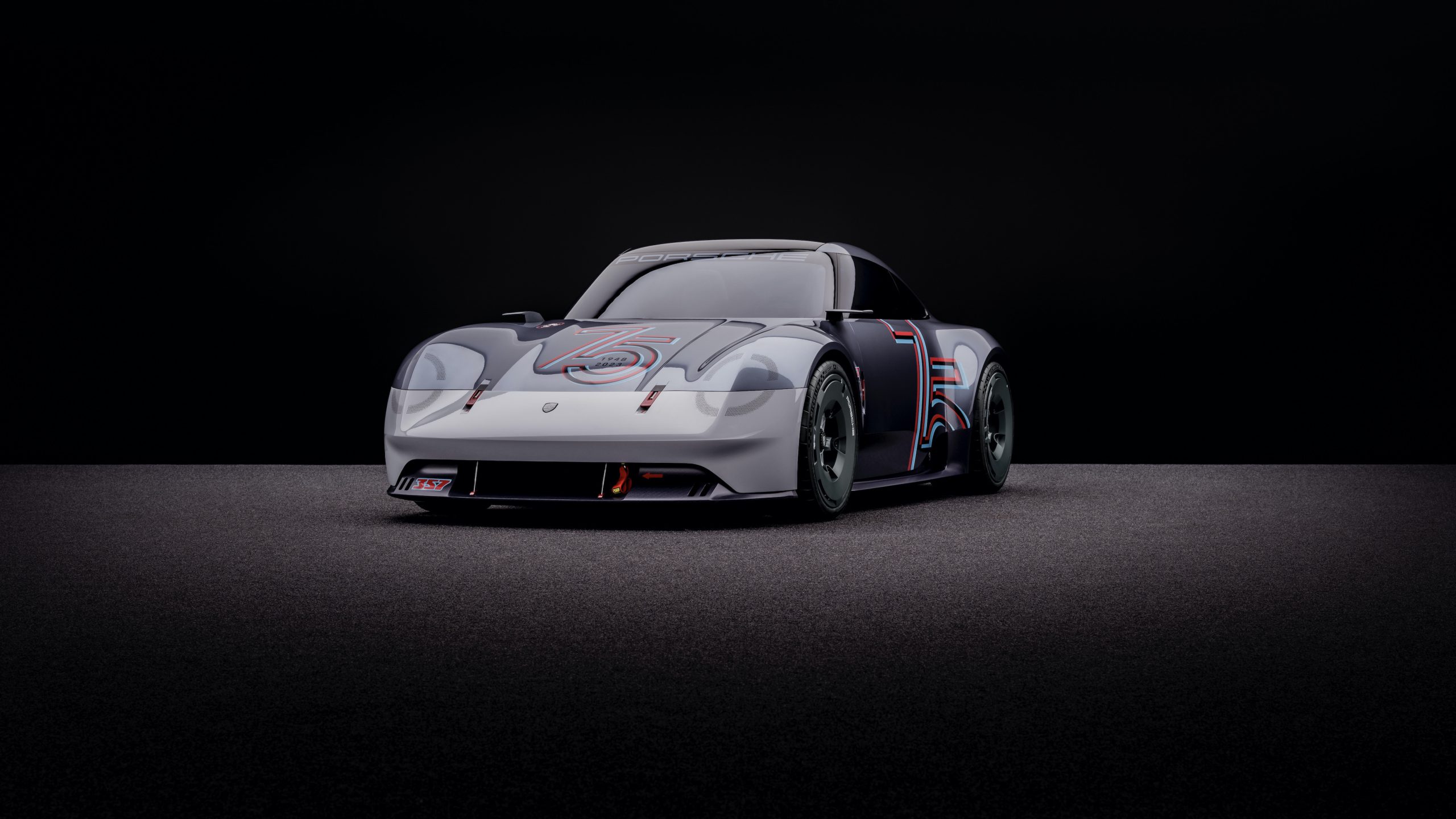
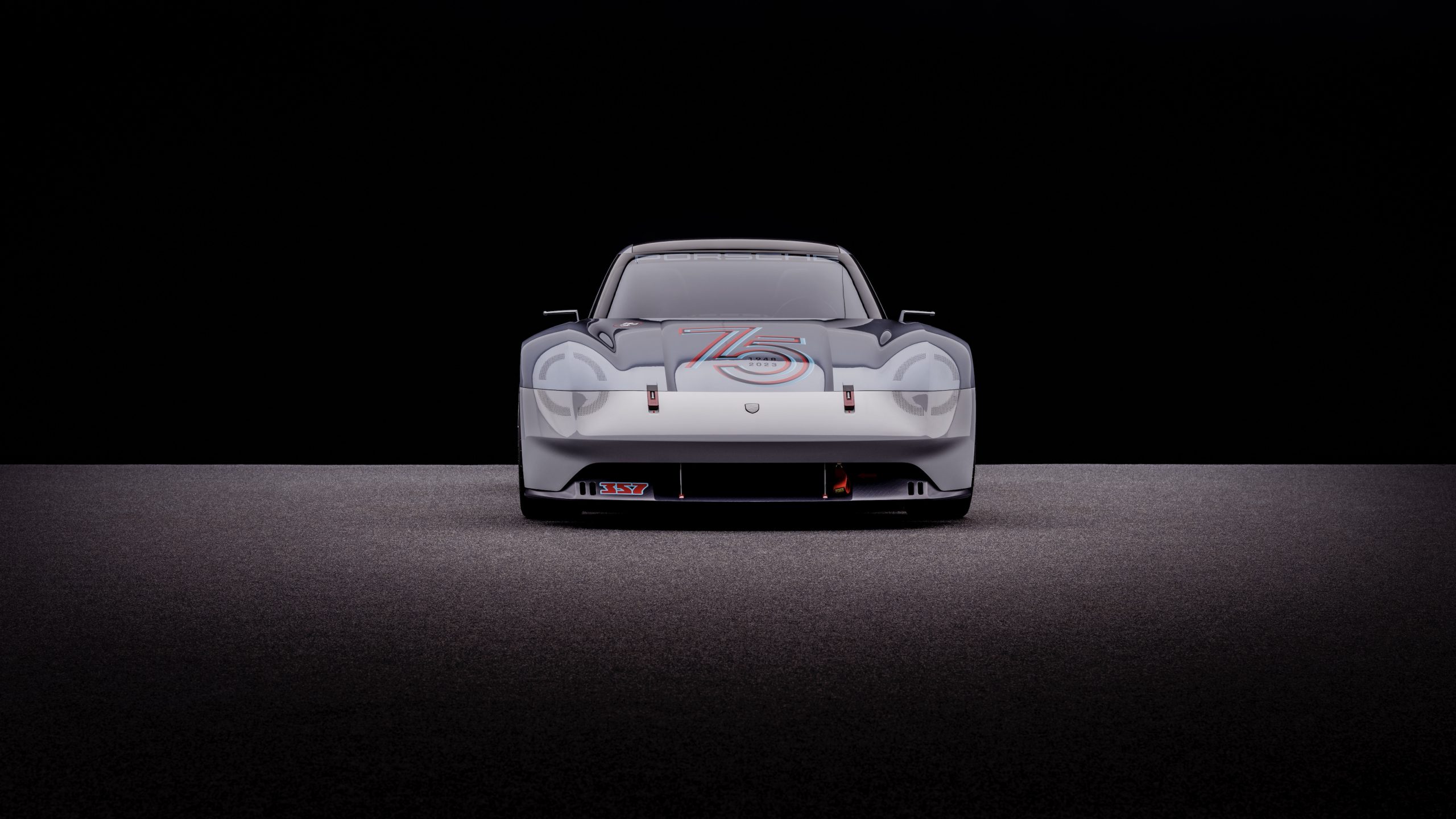
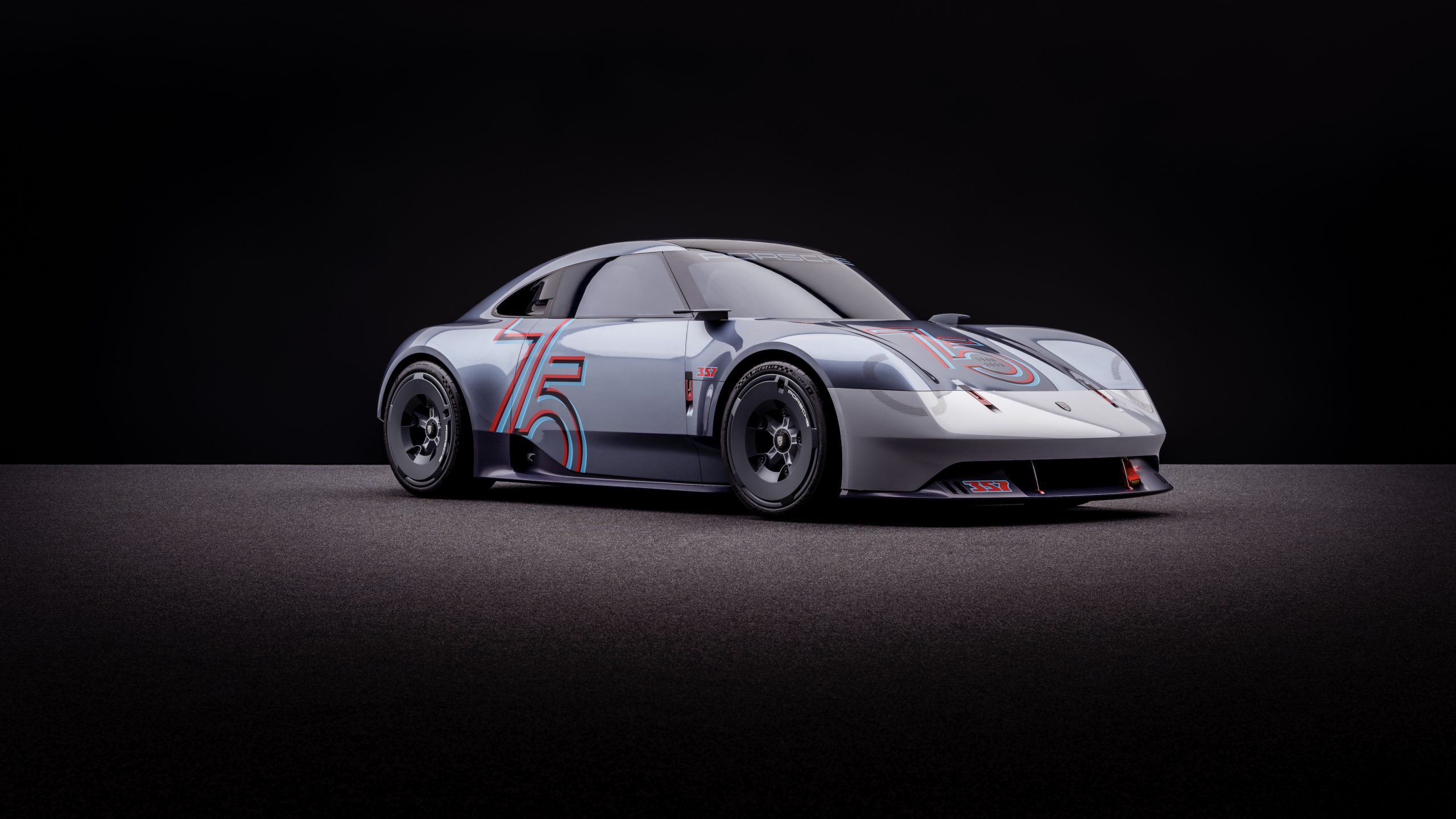
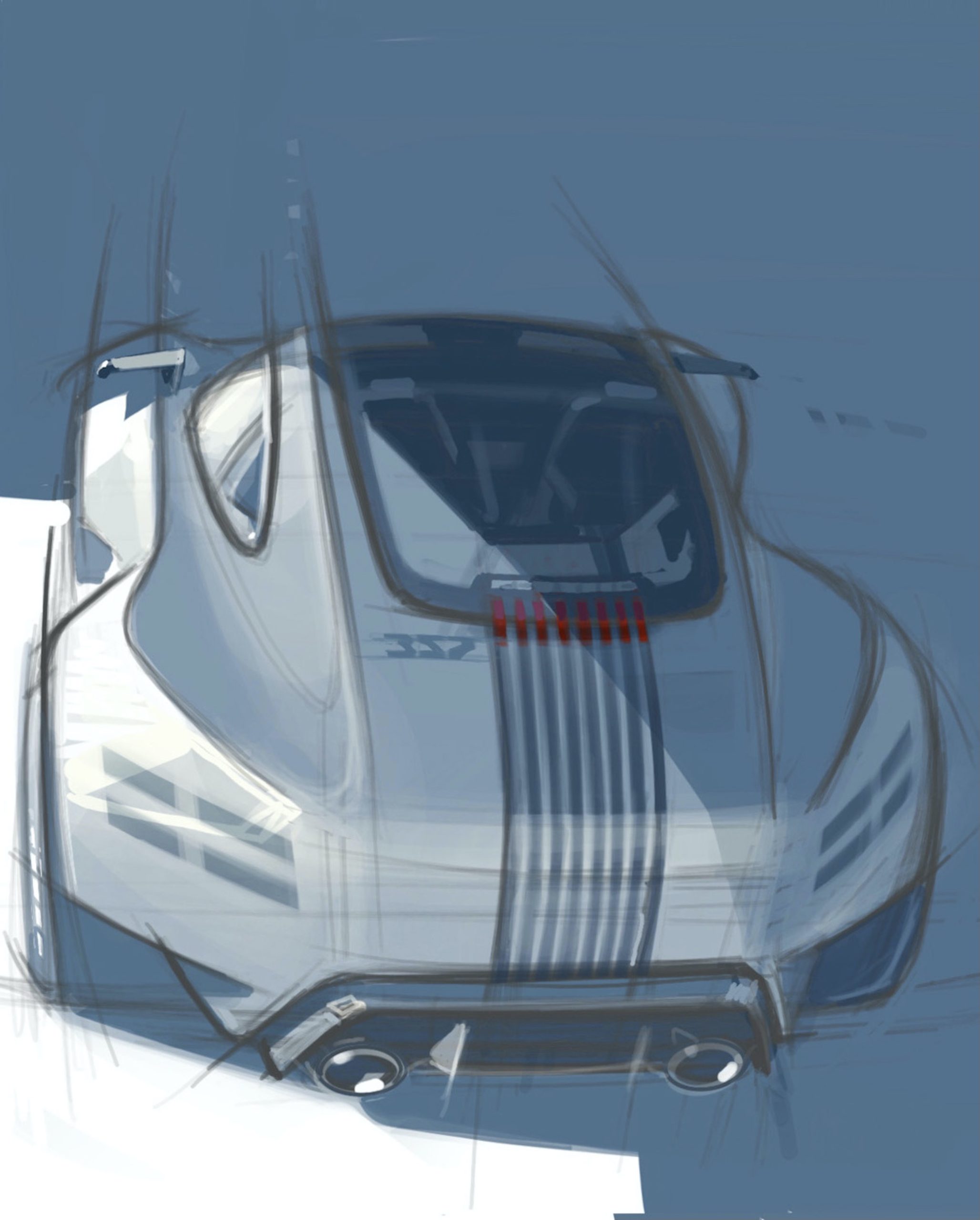
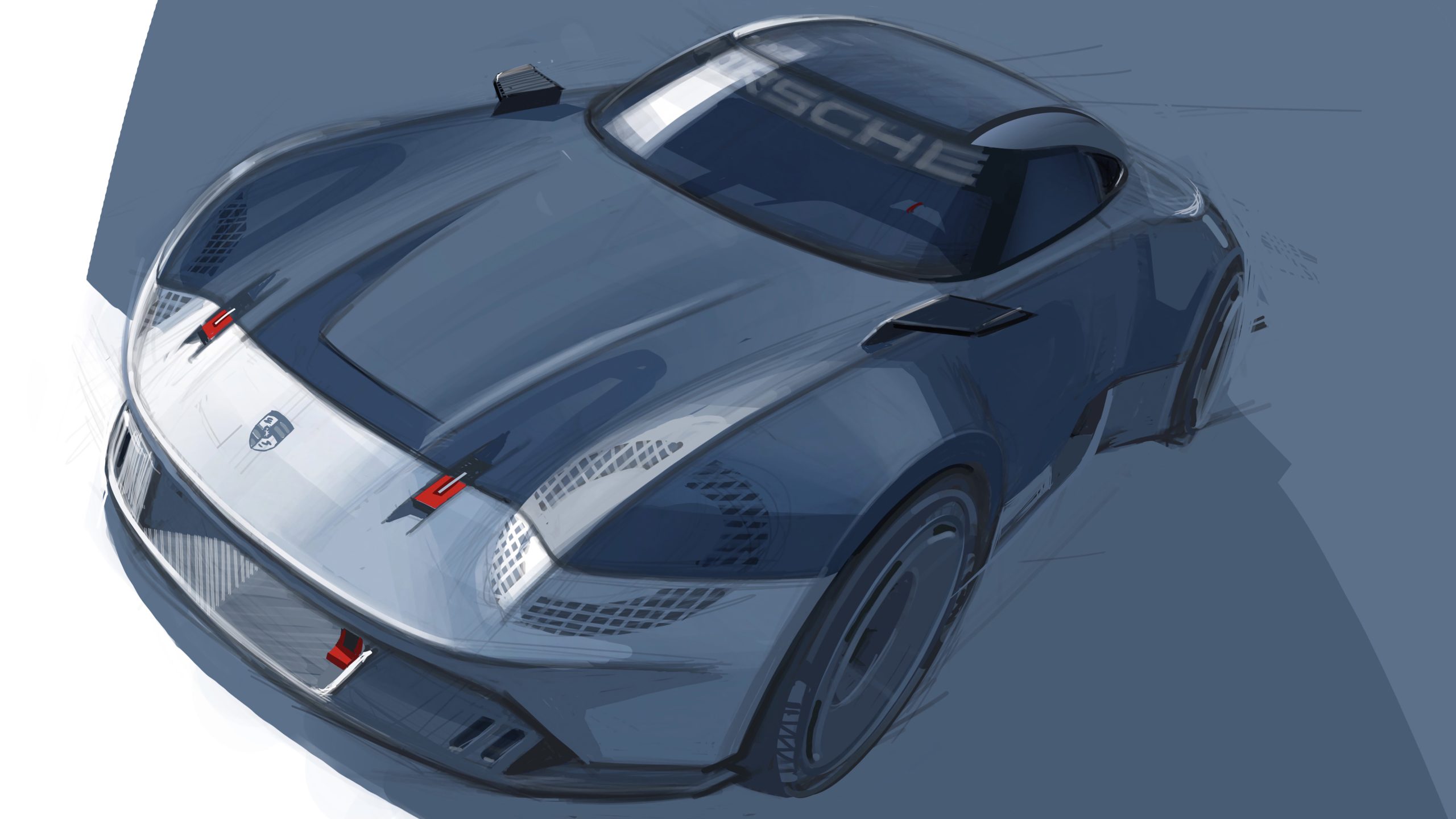
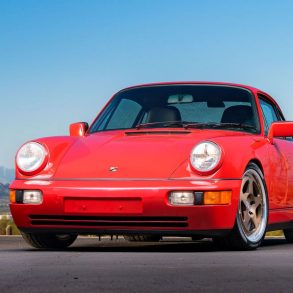

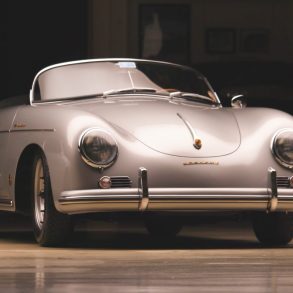
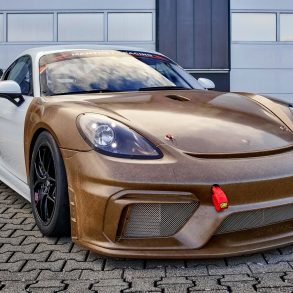
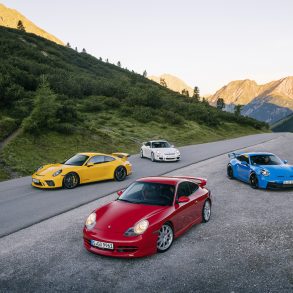

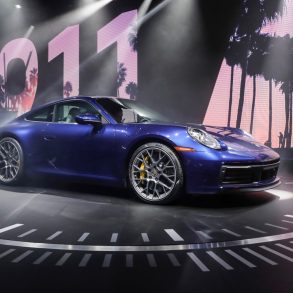
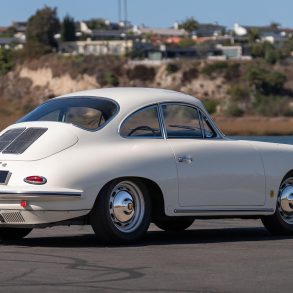

Both of these cars, the 357 Vision Coupe and the Roadster, are Beautiful concepts that hopefully get built, by Porsche automotive. I’m sure the Collector’s will gladly purchase either one of these Gorgeous automobiles. I, myself, would probably purchase the Roadster in a Heartbeat!
0